3D Printing Hype
3D printers have been getting a lot of press and I think journalists have misled the general public. On one hand you have of consumer level machines in the <$2000 range (many offerings are much less than $1000). So they’re accessible by average citizens and hobbiests. On the other hand you hear about jet engine parts, human organs, jewellery and all sorts of cool things being made.
Here’s the problem. They’re not the same machines. The consumer level machines are slow, finicky and results are not ideal. The machines making the good stuff are expensive. In fact the best way to access 3D printing is mail order houses that own machines worth $100,000 or more.
Or if you live in Ottawa, the Ottawa Public Library has acquired some reasonable machines. So for Ottawa residents, my argument here is not as valid since I’m talking about the consumer grade machines.
Then there’s this controversy surrounding making of guns. Not to trivialize a scary issue but much better machines for making guns have been in peoples’ garages for ages. For example CNC machines. They are undergoing a revolution in price and availability as well. Many can make things out of metal. Not to mention lathes and other common metal working equipment.
If you read the media you’d believe that 3D printing put’s a factory in your home. We’re not there yet. The factory is still in the factory. I’m not saying it won’t come. But when you actually make things, you need tools now.
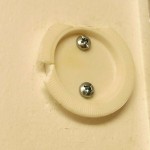
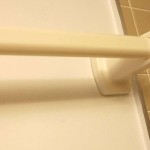 Case In Point
Case In Point
I’ve got one of those dollar store towel racks but it keeps popping off the wall. As you can see at the right the base is missing some material.
The obvious thing to do here is to go out and get another rack right? There’s a lot of people talking about making replacement parts with 3D printers. So if I was all up on reading the media that would be the obvious thing to do. I’ve got a couple of 3d printers that work as well as any of them in their class. Problem is it takes longer to do the design and longer to actually make the parts. In fact, I’d need to put some hours aside to get this done. There are some people around that could do it faster but that’s because they’ve already invested a thousand hours in tuning their machine and practising.
Welcome to 2D
To actually solve the problem, I picked the shortest path. This technique is called 2D or 2.5D and it eliminates labor and fabrication time. Using sheet material (which is how most material is purchased) you imagine how to cut shapes out of it that assemble and create a 3D object.
I decided to make the part out of hardboard (this stuff is about $1.50 for a 24x24x1/8″ sheet).
I just took two measurements. The diameter of the circular flange (2.1″) and the distance between the two screws (1″). I estimated the flange thickness and distance from the wall as 1/8″. I then made two disks using a CAD program called Sketchup. One with the 2.1″ radius and the mounting holes. Then a smaller one with mounting holes to stand it off from the wall. I just made sure it was large enough to carry the mounting holes.
That took about 5 minutes or less. I then cut the parts out on a CNC Laser. I could have used a CNC router/mill. In either case it’s less than 1 minute. It took a lot longer to write this post.
Here’s the actual solution.
3D printers still have an important place of course. But don’t be mislead by hype.
CNC laser, routers and mills are really not getting the attention they need.
3D printers will still cause and are part of a revolution. But we need to understand there are different types of machines and not lump them into one bin.
Broken Fan Foot
Oh no, it happened to me. I broke the foot on my fan and I got the urge to make the part on my 3D printer.
I tried to come up with something out of hardboard to prove my point but it was just easier to use the printer in this case.
I’ve become one of those people who rationalizes their 3D printer by making dumb stuff. 🙂 Actually it was pretty satisfying when the part snapped into place.
Related
Finally a reason to get a 3d printer!
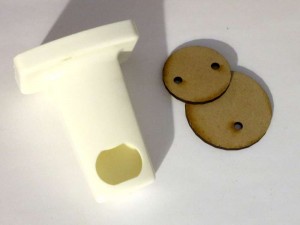
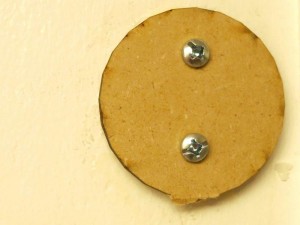
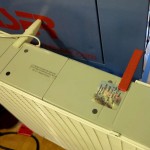
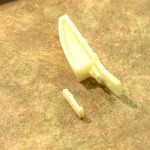
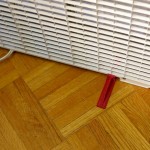
I agree to all your points. There is specific use case that the 3D printer solves, which is that the object you are making has features in the Z-direction. Its sometimes impossible to build some objects with sheet material (mdf,acrylic, alu).
The concept of ubiquity is still a long way, as a forbes report suggests that worldwide, there are a total of 67k printers only.